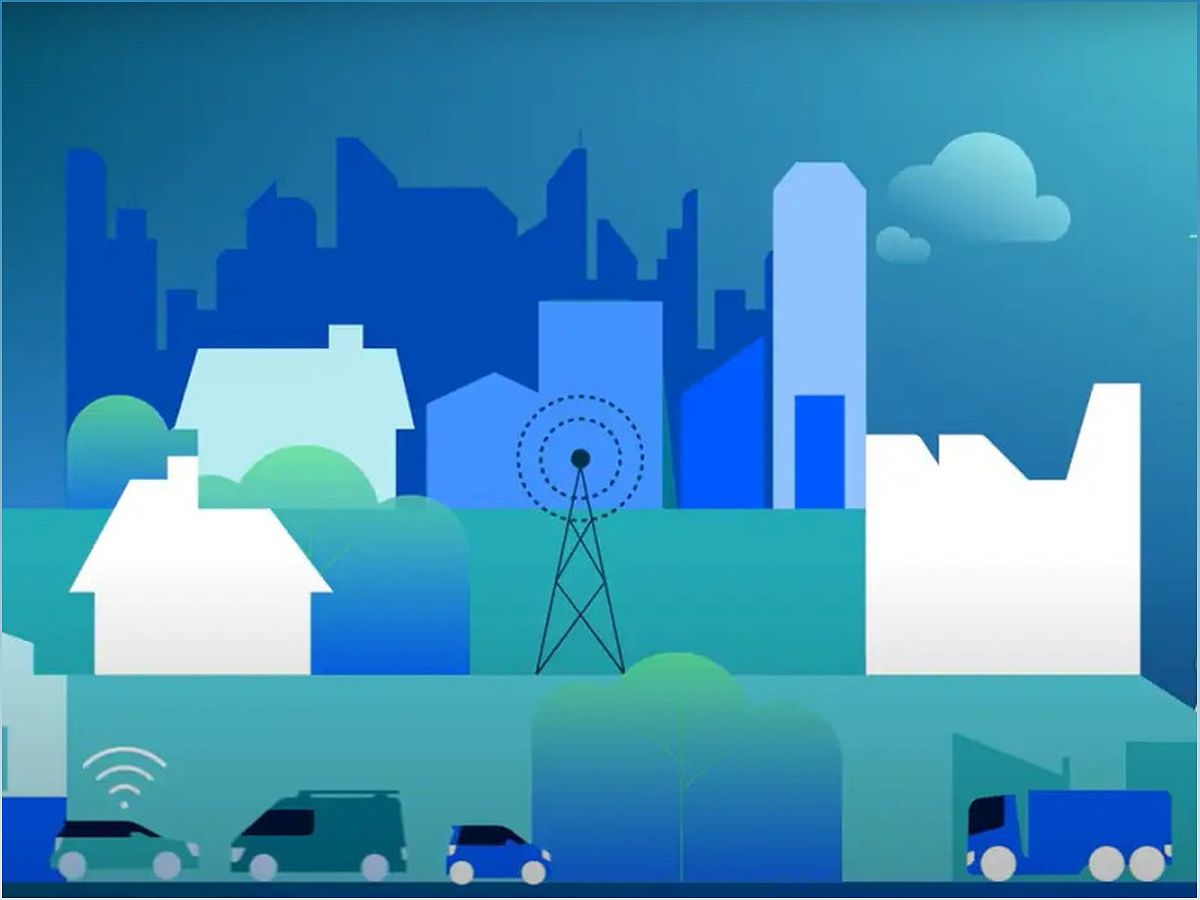The global energy landscape is undergoing a remarkable transformation as the world embraces the shift towards clean and renewable power sources. As we gather in Dubai for the COP 28 climate summit, the urgency to transition to green energy takes center stage. In this article, we will explore the indelible impact of climate change and the pivotal role of the power grid in enabling the widespread adoption of renewable energy. Join me on this journey as we delve into the challenges and opportunities that lie ahead in the quest for a sustainable future.
The Importance of Green Energy Transition
Understanding the urgent need to shift to renewable energy sources and its impact on the global energy landscape.
The world is at a critical juncture, where the transition to green energy is no longer a choice but a necessity. The indelible impact of climate change has made it imperative for us to embrace renewable energy sources and reduce our reliance on fossil fuels. This shift not only helps combat climate change but also presents numerous economic, social, and environmental benefits.
By transitioning to green energy, we can significantly reduce greenhouse gas emissions, improve air quality, and mitigate the adverse effects of climate change. Moreover, it creates new job opportunities, fosters technological innovation, and enhances energy security by diversifying our energy sources.
As we embark on this journey towards a sustainable future, the power grid plays a crucial role in enabling the widespread adoption of renewable energy. Let's explore the challenges and opportunities that lie ahead in transforming the global power grid to accommodate the growing demand for clean and reliable electricity.
The Role of Smart Grids in the Renewable Energy Revolution
Exploring how smart grids powered by digital solutions are revolutionizing the way we generate, distribute, and consume electricity.
As renewable energy projects continue to grow, the power grid faces new challenges in managing the influx of intermittent energy sources and the integration of micro and nano grids. This is where smart grids powered by Industry 4.0 technologies come into play.
Smart grids leverage the latest digital solutions, such as artificial intelligence, machine learning, and the Internet of Things, to monitor and control operations in real time. These technologies enable grid operators to balance supply and demand, manage the intermittent nature of renewable energy, and facilitate the bi-directional flow of electricity between utilities and prosumers.
With the help of private wireless networks, smart grids can ensure ubiquitous connectivity, enhance grid resilience, and enable optimal load balancing. The digitalization of the grid empowers operators to make data-driven decisions, improve efficiency, and accelerate the decarbonization drive.
Microgrids: Empowering Local Energy Generation and Resilience
Understanding the role of microgrids in enabling distributed energy resources and enhancing grid resilience.
Microgrids offer a decentralized approach to energy generation and distribution, operating independently from the traditional power grid. They play a vital role in integrating distributed energy resources, such as solar panels and batteries, and ensuring grid resilience.
By operating during outages, microgrids provide backup power and help mitigate disturbances. They enable optimal load balancing between energy demand and the availability of local resources, reducing the need for extensive cabling and accelerating deployment.
Private wireless networks facilitate the connection and control of assets within microgrids, enhancing their efficiency and flexibility. The proliferation of microgrids empowers communities to become self-sufficient in energy generation and contributes to the overall resilience of the power grid.
Digital Solutions for Grid Management and Optimization
Exploring the role of digital twin technology, edge computing, and artificial intelligence in managing and optimizing the power grid.
The digital transformation of the power grid introduces innovative solutions that enhance grid management and optimization. Digital twin technology allows operators to create virtual replicas of the grid, enabling real-time monitoring and control.
Edge computing brings computing capabilities closer to the data source, enabling faster processing and reducing latency. It facilitates real-time data analysis, enabling grid operators to make informed decisions and improve operational efficiency.
Artificial intelligence and machine learning play a crucial role in managing asset maintenance, forecasting energy demand, and optimizing grid operations. These technologies enable grid operators to identify patterns, detect anomalies, and improve overall grid performance.
The Path Forward: Modernizing the Power Grid for a Sustainable Future
Highlighting the need for urgent action in modernizing the power grid to support the transition to clean and renewable energy sources.
As the world strives for a sustainable future, modernizing the power grid becomes imperative. Policymakers, grid operators, and utilities must collaborate to ensure the grid's reliability, resilience, and ability to accommodate the growing demand for clean energy.
The adoption of the latest communication solutions, such as private wireless networks, is crucial in enabling the digitalization of the grid. These networks provide ubiquitous connectivity, enhance security, and support the deployment of advanced technologies.
By modernizing the power grid, we can unlock the full potential of renewable energy sources, reduce greenhouse gas emissions, and create a more sustainable and resilient energy system for future generations.

